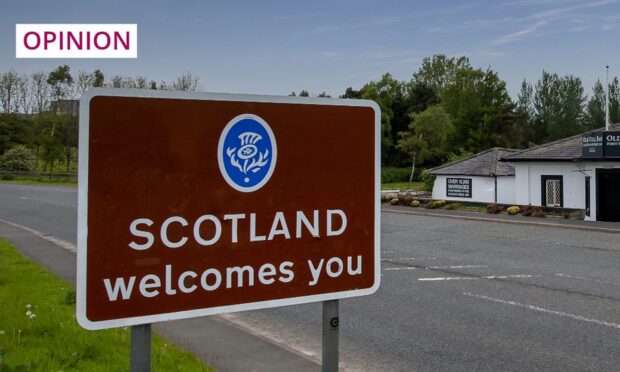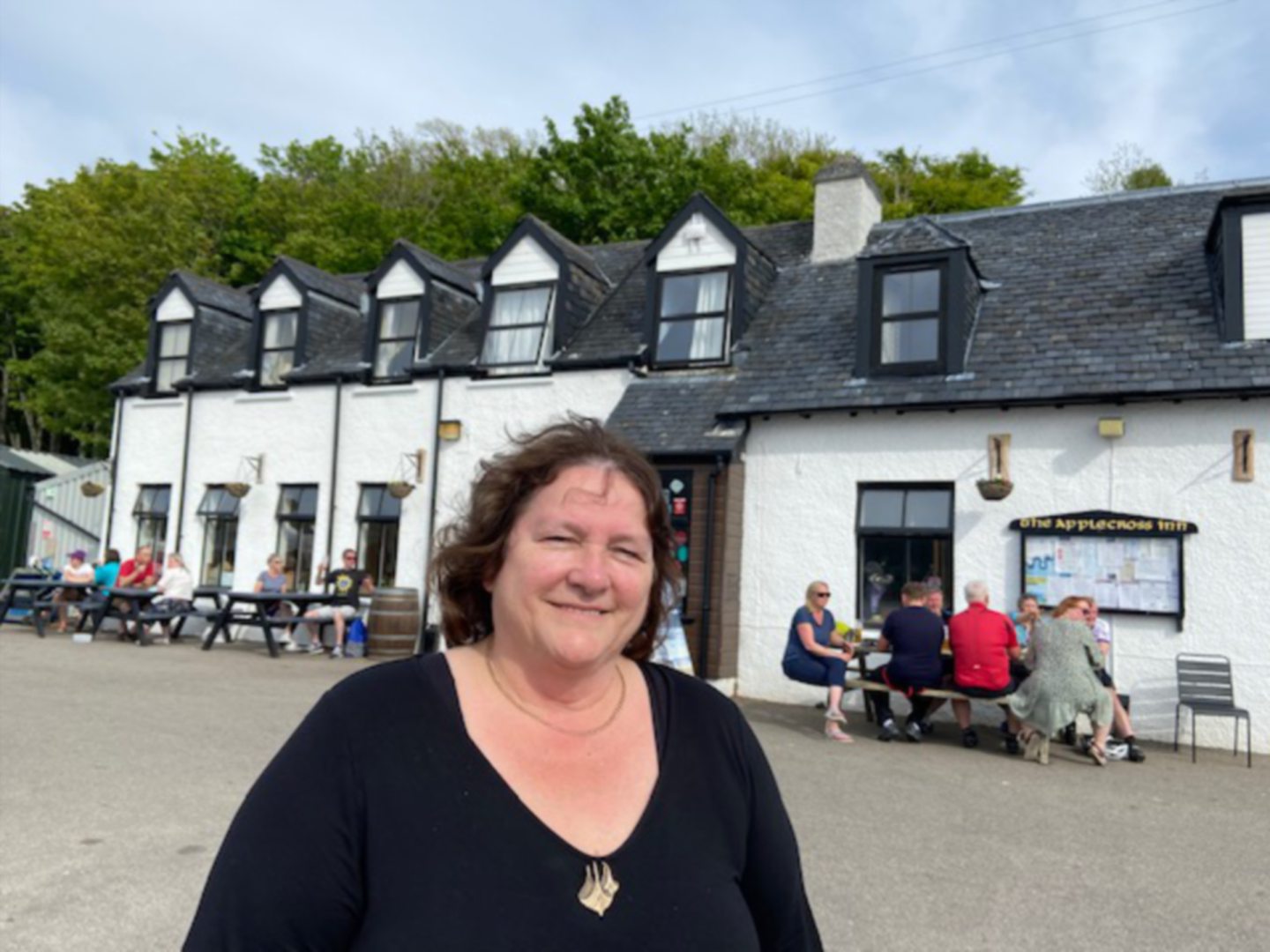Following a successful launch of the Scottish Government’s latest Building a New Scotland prospectus paper on migration policy in an independent Scotland, I was glad to get the opportunity to speak with rural business owners in Fort Augustus.
We talked about how the government’s approach could support them to better fill vacancies, and keep not only their own enterprise but also the communities they are based in sustainable.
It has long been clear that the migration needs of Scotland are different to those of the rest of the UK, but what is becoming more and more obvious – to those who want to see it – is that there are differences in need within areas of Scotland facing their own distinct population challenges.
Rural and island areas, along with some urban areas on the west coast, are struggling to retain working-aged people, creating recruitment challenges within key services like healthcare, construction, and transport. This, in turn, compounds the issues that are prompting people to move elsewhere.
Depopulation is one of those issues which cuts across every policy area. If you ask a roomful of people from across Scotland what its main driver is, they may all have a different answer.
With our forthcoming Addressing Depopulation Action Plan, we hope to address many of these issues and support local authorities to identify local challenges we can overcome in a national effort to create a more balanced population across the country. But at the heart of all of this is the need to support and empower all communities – be they rural or urban, island or mainland, west coast or east – to become more sustainable.
Currently presenting a challenge to this is that many sectors (particularly those most relied upon by rural areas facing depopulation, such as agriculture, fisheries, and hospitality) are struggling to recruit workers. This is not surprising, given our ageing population, falling birth rate, and the removal of free movement from the EU post-Brexit.
Migration is key to Scotland’s success
Scotland’s soft fruit and seasonal vegetable sectors are important not only to our global trade, but also to our domestic food security. Non-UK citizens make a huge contribution in this area, but growers cannot plan effectively for the following season unless they are sure they can secure the necessary workforce.
To meet that need and provide confidence in the sector, we need a more flexible approach to welcoming those who want to work in Scotland.
Any reduction in migration means serious consequences for our working-age population in the short-term
Migration can never be the only answer to our population challenges: we know that. However, right now, all of Scotland’s future population growth is projected to come from migration.
While we work on the issues which are driving depopulation and support families who want to have children through measures like Best Start grants, free childcare, and baby boxes, any reduction in migration means serious consequences for our working-age population in the short-term – which, of course, makes efforts to improve public services so much harder.
A migration policy tailored to our needs
A migration policy tailored to our needs would support sustainable public services in Scotland. While the Scottish Government is clear that independence would offer the clearest route to this, we have made attempts to persuade the UK Government to make some changes that could help us in the here and now.
From working on proposals for a rural visa pilot, which would allow employers to more easily recruit people seeking to make a home in rural and island areas, to suggesting asylum policy that’s underpinned by the values of dignity, fairness, and respect, Scottish ministers consistently look out for opportunities to influence policy, despite the constraints of devolution.
What our new prospectus paper lays out is just how far we could go as an independent country, creating a welcoming immigration system that both increases the working population of Scotland – benefitting the economy, public services, and local communities – and treats those who want to make Scotland their home and contribute to our country with dignity, fairness, and respect.
Emma Roddick is Scotland’s government minister for equalities, migration and refugees, as well as an MSP for Highlands and Islands


Conversation